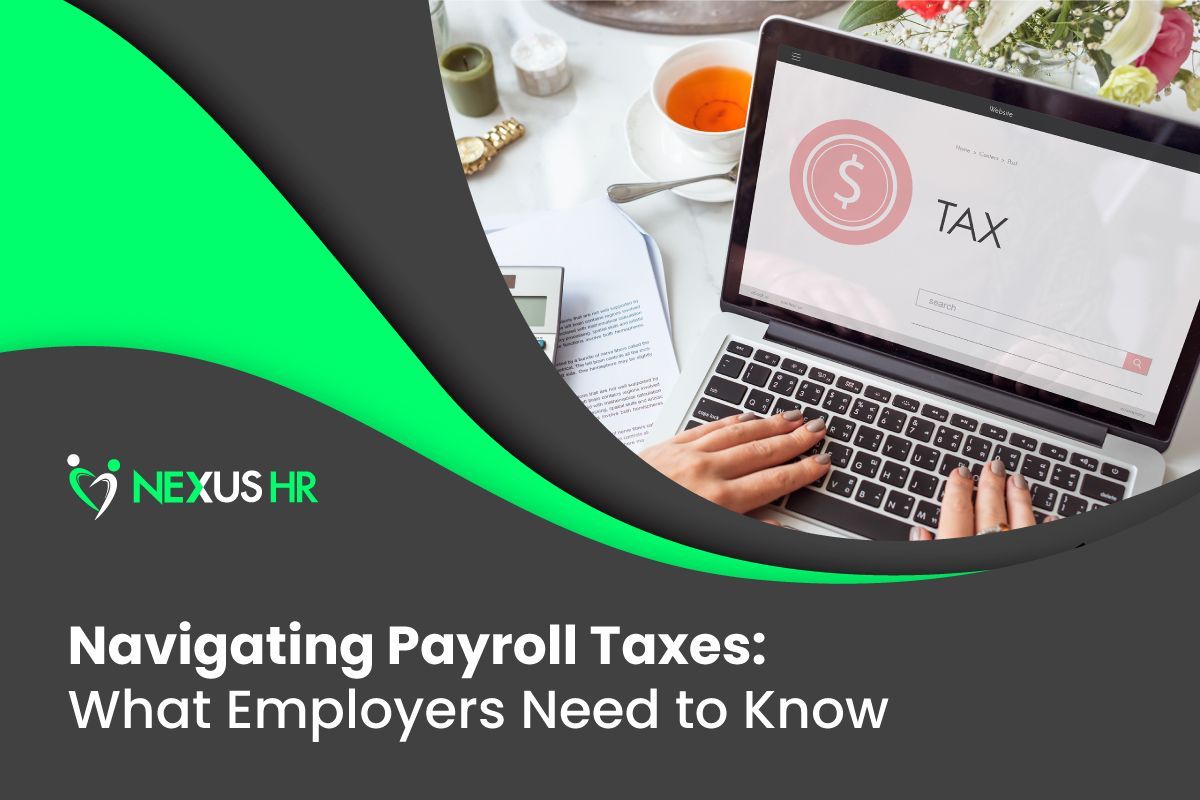How to Make a Hybrid Workplace Model Work For You
As the world adapts to life after COVID-19, many find themselves moving forward to the future and leaving behind the remnants of the past.
For some, it’s their careers. For others, it’s memories of a pre-pandemic life. And for
40.9% of employees, it’s having to work in an office.
It’s been three years since the pandemic first broke out, and the working world has decided: hybrid work is here to stay.
What Is a Hybrid Workplace Model?

Job search platform Indeed defines a hybrid workplace model as one where employees receive flexible options for working in an office, remotely, or a combination of the two.
Hybrid work has existed for a while, starting in the early 2000s when people could get reliable internet connection at home. However, it was only until the COVID-19 pandemic that it really became an option for businesses everywhere.
By the start of 2021, global management consulting firm
McKinsey and Company found that nine out of ten organizations planned to embrace hybridity, combining remote and onsite working among their teams.
While employees are happy about the flexibility hybrid working allows, the
latest State of Hybrid Work report reveals that it may not be the ultimate workplace solution the market initially expected. The data shows that 2023 is the year employees are moving back to the office.
Global analytics company
Gallup lists down the top advantages and challenges of hybrid work according to employees who have gone through it:
| Pros | Cons |
|---|---|
| Better work-life balance | Less access to work resources and equipment |
| More efficient use of employees’ time | Less connected to the organization's culture |
| Freedom to choose when and where employees work | Decreased team collaboration |
| Less burnout or fatigue | Impaired working relationship with coworkers |
| Higher productivity | Reduced cross-functional communication and collaboration |
Recent data indicates there’s much more to the hybrid workplace model than simply doing it—you need to do it right.
Read More:
In-Office, Remote, or Hybrid Work: Which One is Best?
How to Do Hybrid Work Right

Figuring out how to do hybrid work properly is complicated. It requires careful planning, thoughtful execution, and a commitment to fostering a dynamic and inclusive work environment.
To ensure your organization not only adapts to the change but also thrives in it, here are five things you can do:
Think It Through
Just because most companies are adopting the hybrid option doesn’t mean you should jump on the bandwagon, too. The most crucial step is the first one, identifying the reasons and motivations behind the proposed change:
- Does the hybrid approach align with your company’s long-term vision and objectives?
- How do employees feel about the current remote work arrangements, and what improvements do they desire?
- What operational efficiency and productivity goals do you aim to achieve with a hybrid work model?
- Will your teams be able to perform their duties effectively off-site?
- Do you have the necessary technological infrastructure to support remote collaboration effectively?
- What are the cost implications of adopting this change?
- What are the potential risks and challenges associated with the transition?
Before deciding on anything, discuss things with your leadership team,
human resources department, and perhaps some tenured team members, and listen to their honest opinions. This upfront clarity can help you assess if hybrid work is the way to go or if you can take another approach, like a four-day workweek.
Read More:
Is a 4-Day Workweek Possible for My Company?
Communicate Plans and Expectations
“One hallmark of the hybrid workforce model is flexibility,” Robert Half’s Senior Executive Director Paul McDonald said. “However, flexibility does not mean free-form. Businesses must determine which employees should come into the office and how often. And when teams are working remotely, managers must decide how those employees can interact effectively with their in-house colleagues without undermining productivity.”
Communicating clear plans and expectations is essential when transitioning to a hybrid work model because it establishes a foundation of transparency and trust within the organization. When announcing plans to adopt the hybrid model, leave no room for uncertainty.
- Is the hybrid work option a temporary or permanent arrangement?
- What will the new work structure look like?
- What changes should the team expect in terms of work hours?
- Will they be using specific tools for communication and collaboration?
- Will there be specific events or days that they’re required to be in the office?
When employees are well-informed about your plans and expectations, they can better prepare for the changes, adapt their work habits, and align their efforts with organizational goals.
Be Clear About How You Define and Measure Productivity
Deep into the COVID-19 pandemic, Microsoft launched a multinational study on hybrid work and found that 85% of leaders found it challenging to be confident that their employees were productive.
They were experiencing
productivity paranoia—they felt like their teams weren’t working as hard or as effectively at home as they would in the office.
Productivity paranoia is an unfortunate result of unclear, misaligned communication between leaders and members. To prevent it from hurting your team and business, ask yourself questions like:
- What goals are you aiming to achieve?
- What metrics are you looking at and measuring to know you’ve achieved them?
- How will the hybrid work arrangement affect your projects and workflows?
- What adjustments to current policies and procedures do you need to make?
Employees should clearly understand how you assess their work, what performance indicators are relevant in the hybrid model, and what changes you intend to make to current performance expectations.
Read More:
What is Productivity Paranoia & How Is It Hurting Your Business?
Exercise Equity
Maintaining equity between remote and onsite employees during transitioning to a hybrid work model is paramount to fostering a fair and inclusive work environment.
Unless you pay careful attention to equity, you could risk creating a two-tiered system where remote workers feel isolated and overlooked or onsite staff feel as if they’re missing out on improving their work-life balance.
- Give your onsite employees the same level of flexibility you give remote workers.
- Give your remote employees the same level of trust you show their onsite counterparts.
Your team members deserve access to the same information, communication tools, and professional development opportunities regardless of their work arrangement. And when you provide them with those, you create a level playing field, promote accountability, and foster a culture of unity and support.
Listen to Your Team
As much as you would want it to, adopting a hybrid workplace model doesn’t stop at implementing remote and in-office work schedules. It extends to cultivating a supportive and adaptable organizational culture.
Beyond the logistics of shifting to a new work arrangement, company leaders like you have the crucial responsibility of ensuring continuous improvement based on feedback and evolving needs. This includes regularly gathering input from your staff, assessing the effectiveness of policies and tools, and adjusting them as necessary.
Stay interviews are an excellent way to know how your team is adjusting to the hybrid work transition and offer support in areas they’re struggling in. Simple, structured, and well-prepared, a stay interview creates the space for constructive, free-flowing dialog between managers and members.
Read More:
What is a Stay Interview? And How Do I Conduct One?
Reap the Rewards of a Hybrid Work Model with Nexus HR

Increased employee satisfaction, enhanced productivity, and a thriving organizational culture—these are just a few of the fruits of a well-planned, well-executed hybrid work model.
The hybrid model isn’t just about lowering expenses by reducing office space; it’s about helping your company become adaptable and resilient in the face of unforeseen challenges.
But getting to your organization’s work arrangement sweet spot requires a lot of work and commitment. As a company leader juggling many responsibilities, you may not have the time or energy to deal with one more thing on your plate. This is where
Nexus HR comes in.
As a full-service human resource solutions company, our seasoned team of
HR and
payroll experts takes on the full scope of your administrative tasks so you won’t have to.
Focus on planning and strategizing for your company’s future, and leave the tedious work to Nexus HR!











